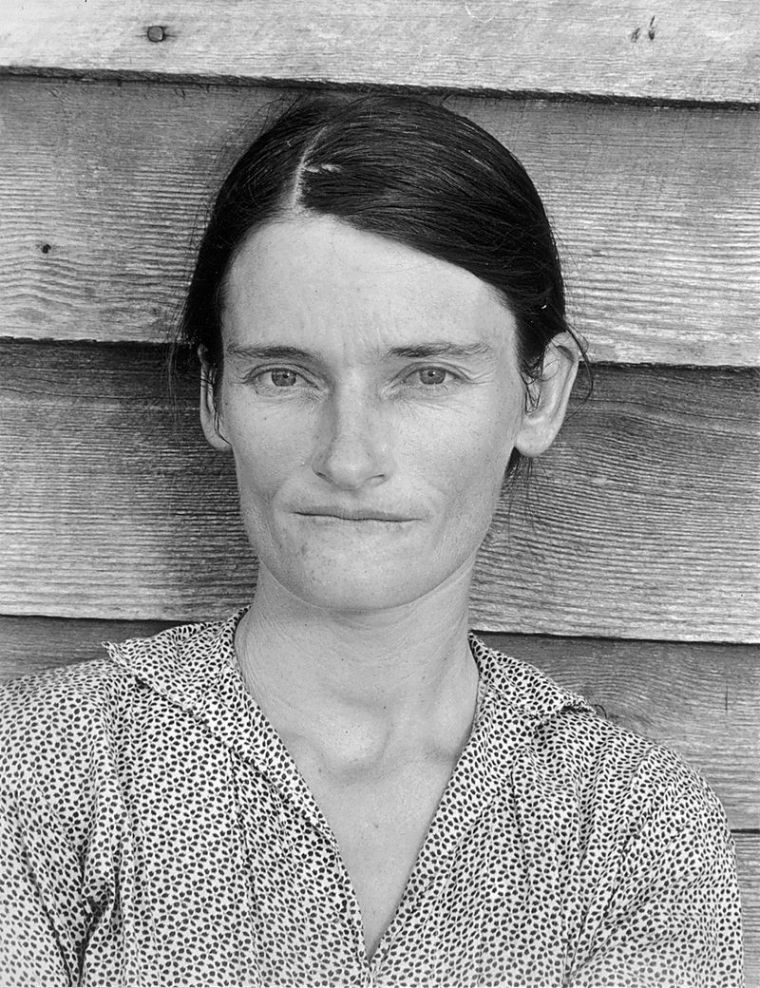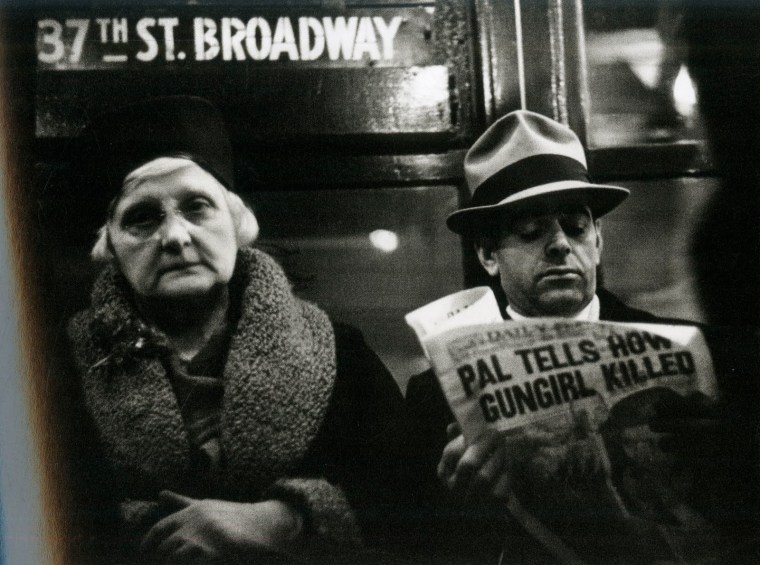Today we spotlight the life and times of American photographer and photojournalist Walker Evans. Evans is most famous for his Depression Era photos but, of course, there’s much more to his story.
Born in St Louis in 1903, he attended private boarding and college prep schools before studying French Literature at Williams College and dropping out after a year. In 1926, after spending a year in Paris, Evans would go to New York City and begin socializing with the art and literary crowd. His friends included Hart Crane, John Cheever and Lincoln Kirstein.

Evans took up photography around 1928 and by 1930 had a set of photos published in Hart Cranes poetry book “The Bridge”. He would go onto having more images published in 1931 in Lincoln Kirstein’s book on Victorian houses in the Boston area.
In May 1933, Walker Evans arrived in Cuba. He was there on assignment to take photographs for “The Crime of Cuba”, Carlton Beals’ book about the Cuban dictator Gerardo Machado. It was there that Evans met Ernest Hemingway and the 2 quickly became friends. Originally scheduled to be in Cuba for two weeks, Hemingway loaned Evans money to extend his stay another week. Evans recalls, “I had a wonderful time with Hemingway. Drinking every night. He was at loose ends – and he needed a drinking companion, and I filled that role for two weeks.”
Evans photographed the people and social landscape of Cuba under Machados rule. He also took images of the political unrest that existed and helped Hemingway acquire photos from newspaper archives that documented some of the political violence Hemingway described in To Have and Have Not. Fearing that he was being watched by the dictator’s secret police, and that they might confiscate his pictures, gave the prints to Hemingway for safekeeping. Evans would later leave Cuba with 400 negatives but Hemingway would keep the 46 prints that Evans had given him.The prints left with Hemingway were discovered in Havana in 2002.
In 1935, Evans was hired by the R.A. (Resettlement Administration), later called the F.S.A. (Farm Security Administration), to document the workers and architecture of the South. Then, in 1936, he and writer James Agee took an assignment from Fortune magazine for an article about Hale County, Alabama. The magazine did not run the story however, years later, the story was published in the book “Let Us Now Praise Famous Men” .

The book chronicles Evans and Agee’s stay with three sharecropper families living in the town of Akron, Alabama during the Great Depression. It tells the story of the hardships endured by the Burroughs, the Tingles and the Fields and gives an in-depth, heart wrenching tale of life during the Depression.

Fortune magazine would later revisit Hale County, Alabama, 69 years later and publish an article “The Most Famous Story We Never Told”, which included an interview with Charles Burroughs who was just a child when Evans and Agee visited. An excerpt from the article:
It was a big book, a work of wonder and compassion, but definitely not an easy read, filled with bewildering passages and baffling digressions, plus it was late. The war was on, the Depression was finished. Only about 600 copies were sold, and despite critic Lionel Trilling’s declaration that it was “the most realistic and important moral effort of our generation,” it passed quickly out of print. A decade went by, then another. In 1960–three years after Agee’s alcohol-accelerated death by heart attack at 45 and two years after his posthumously published novel, A Death in the Family, won the Pulitzer Prize–Famous Men was reissued and found an audience, and entered the canon of American literary masterpieces.
After the book, around 1938, Evans would begin photographing people in the NYC subway, hiding the camera under his coat. The subway photos would be published in a book titled, “Many are Called”.

In 1945, Walker Evans became a staff writer at Time magazine and then a short time later, an editor at Fortune until 1965. That year, he became a professor of photography on the faculty for Graphic Design at the Yale University School of Art.
Walker Evans passed away in 1975 at his home in New Haven, Connecticut. In 1995, the Metropolitan Museum of Art in NY became the sole copyright holder for all works of art in all media by Walker Evans. (With the exception of about 1000 negatives Evans produced for the Resettlement Administration and the Farm Security Administration). Evans’s RA / FSA works are in the public domain.
